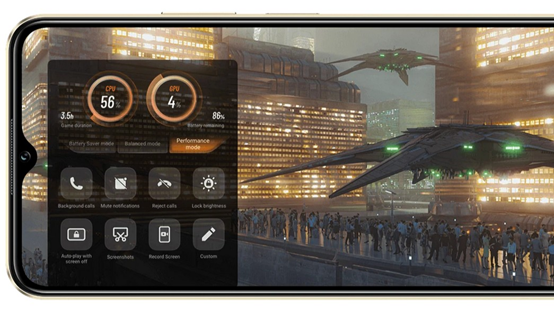How to Choose the Right Robot Hoover for Your Home?
Robot
hoovers have revolutionized home cleaning, offering hands-free convenience for
busy households. But with countless models on the market—from budget-friendly
basics to high-tech smart devices—choosing the right one can feel overwhelming.
The key is to match the robot’s features to your home’s unique needs, whether
you have plush carpets, a cluttered living room, or pets that shed nonstop.
This guide breaks down the critical factors to consider, ensuring you invest in
a robot hoover that truly simplifies your life.

Assess Your Home’s Flooring and Layout
The
first step in choosing a robot hoover is understanding your home’s environment.
Flooring type and layout directly impact which model will work best.
Flooring Type Matters
Different
floors demand different cleaning capabilities. Hardwood, tile, or laminate
floors require gentle brushes to avoid scratches, while thick carpets need
powerful suction to lift embedded dirt. Look for models with adjustable brush
rolls—some automatically switch between soft bristles (for hard floors) and
stiff brushes (for carpets). For homes with mixed flooring, prioritize robots
with sensors that detect floor type and adjust settings in real time. For
example, a robot that ramps up suction when it moves from hardwood to carpet
will clean more efficiently.

Layout and Obstacles
A
robot hoover’s size and navigation skills are crucial for navigating your home.
If you have narrow hallways or tight spaces between furniture, opt for a
compact model (under 13 inches in diameter). Larger robots may struggle to fit
under couches or beds. Additionally, consider obstacles like pet bowls,
charging cords, or low furniture—models with advanced sensors (like 3D vision)
can detect and avoid these, reducing the need for you to pre-clean. For homes
with stairs, boundary strips or virtual wall technology (via app) are essential
to keep the robot from tumbling down.
Evaluate Suction Power and Cleaning Modes
Even
the most agile robot won’t clean well if its suction and modes don’t match your
needs. Suction power and specialized cleaning features are key differentiators.
Suction Power for Different Debris
Suction
power is measured in Pascals (Pa), but higher numbers aren’t always
better—context matters. For daily dust and crumbs on hardwood, 1000–1500 Pa is
sufficient. For homes with pets or thick carpets, aim for 2000+ Pa to tackle
pet hair and deep-seated dirt. Some models offer boost modes that temporarily
increase suction for tough spots, which is useful for post-meal crumbs or muddy
paw prints. Keep in mind: higher suction often means louder operation, so
balance power with noise levels if you’re sensitive to sound.
Cleaning Modes and Special Features
Beyond
basic vacuuming, many robots offer specialized modes. Spot cleaning targets
small, messy areas (like a spilled cereal bowl), while edge cleaning focuses on
baseboards and corners—ideal for homes where dust accumulates along walls. For
homes with allergies, HEPA filters trap 99.97% of small particles (like pollen
or pet dander), preventing them from recirculating. Some robots even double as
mops, with water tanks for mopping hard floors—great for kitchens or bathrooms,
though they work best on sealed floors (avoid untreated wood).
Consider Smart Features and Battery Life
Modern
robot hoovers are more than just vacuums—they’re smart devices. Their
connectivity and battery life determine how “hands-off” your cleaning routine
can be.
Smart Connectivity and App Control
Smart
features add convenience. Wi-Fi-enabled robots let you schedule cleanings via
app, start/stop remotely, or check cleaning reports. Voice control
(compatibility with Alexa, Google Assistant, or Siri) is a bonus for quick
commands like, “Hey Google, start the vacuum.” Advanced models use mapping
technology to create floor plans, allowing you to specify “no-go” zones (like a
child’s play area) or target specific rooms. This level of control is a
game-changer for busy families or frequent travelers.
Battery Life and Charging
Battery
life dictates how much area the robot can clean in one go. For small apartments
(under 1,000 sq ft), 60–90 minutes of runtime is enough. Larger homes (1,500+
sq ft) need 120+ minutes. Most robots automatically return to their base to
recharge when low on battery, but some resume cleaning where they left off—a
useful feature for bigger spaces. Quick-charge capabilities (e.g., 2 hours to
full charge) are also handy if you need a last-minute clean before guests
arrive.
Conclusion
Choosing the right robot hoover boils down to aligning its features with your home’s unique needs. By considering your flooring, layout, suction requirements, and smart preferences, you can find a model that fits seamlessly into your routine. Whether you prioritize pet hair removal, app control, or quiet operation, the perfect robot hoover will save you time and keep your home cleaner—without the hassle.


